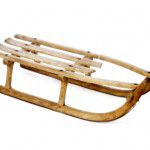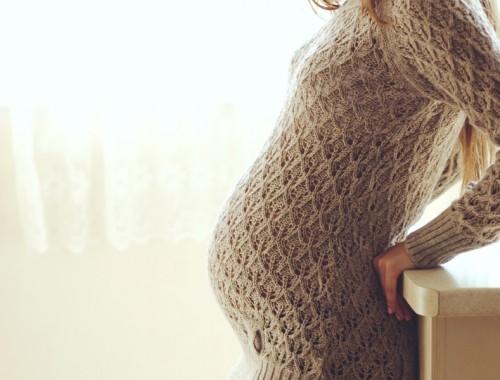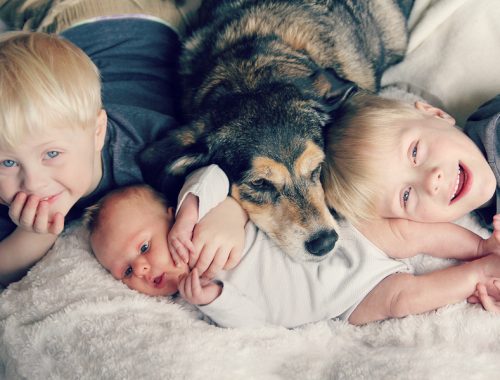 Yes, we all know that getting appropriate exercise before, during, and after your pregnancy is very important; it makes the pregnancy easier, less prone to complications, and often makes labour and recovery much faster and easier. For those expectant mums who have the luck of being heavily pregnant during the winter months (believe me, being nine months during a heat wave is NOT fun), outdoor exercising often seems impossible, especially when it’s been snowing. However, that really isn’t the case: there are many things pregnant women can do outside during the snowy months to keep fit and healthy.
Yes, we all know that getting appropriate exercise before, during, and after your pregnancy is very important; it makes the pregnancy easier, less prone to complications, and often makes labour and recovery much faster and easier. For those expectant mums who have the luck of being heavily pregnant during the winter months (believe me, being nine months during a heat wave is NOT fun), outdoor exercising often seems impossible, especially when it’s been snowing. However, that really isn’t the case: there are many things pregnant women can do outside during the snowy months to keep fit and healthy.
It’s crucial to avoid certain activities that can lead to dangerous falls, like sledding and snowboarding and Alpine or downhill skiing. Still, if you are already an experienced skier or proficient at vigorous winter sports, your doctor could allow you to continue to participate in them. Learning how to ski, however, has to wait until after the baby has been born.
Cross-Country Skiing
As long as you stay on flatter trails and those at lower altitudes, cross-country skiing is a great non-impact aerobic working, allowing you to get a good workout and lots of fresh air. Since your swelling belly causes your center of gravity to change as well as ligaments to loosen, so take it easy, slow, and don’t get cocky. Wear layers so you can remove them as needed, and don’ get overheated.
Ice Skating
If you’re already a good skater, you can still ice skate while you’re pregnant, but if not, refrain, since there is a risk of falls while you’re learning. Remember again that your balance will be changing the further along you progress, and your ankles might feel more wobbly due to your loosened ligaments. Also, stay off the ice when there are a lot of people skating, because you don’t want to become a potential victim when someone accidentally crashes into you!
Snowshoeing
Obstetricians recommend snowshoeing as a great, safe way to get out and enjoy the beautiful winter weather, along with a fantastic workout. Snowshoeing has less potential for falls than any other outdoor winter sports; the fall risk in snowshoeing is even less than walking, because snowshoes give traction on icy patches! Just stay on flatter trails and don’t go off exploring new trails alone. Also, keep your heart rate below 150 BPM so you don’t overexert yourself. Check your pulse often, because you may not realize just how hard you are working!
Downhill Skiing
Only those women who are already expert skiers should even consider continuing this sport while pregnant, and even they have some caveats: stay at elevations below 6,000 feet , only do easy trails, and only use the slopes during their non-peak hours, to lower chances of on-slope collisions with other skiers. Additionally, only ski if there is a nice layer of powder snow, which will diminish the chances of hitting icy ground, and don’t try anything new. This is also only for the first trimester; during the second and third, you’re off the slopes.



[…] can get done and what you can let go. Also, set yourself up for success. Eating right, sleeping, exercise, and doing things you enjoy can all help you to de-stress this […]
Loved this piece. Can’t wait to read your next blog